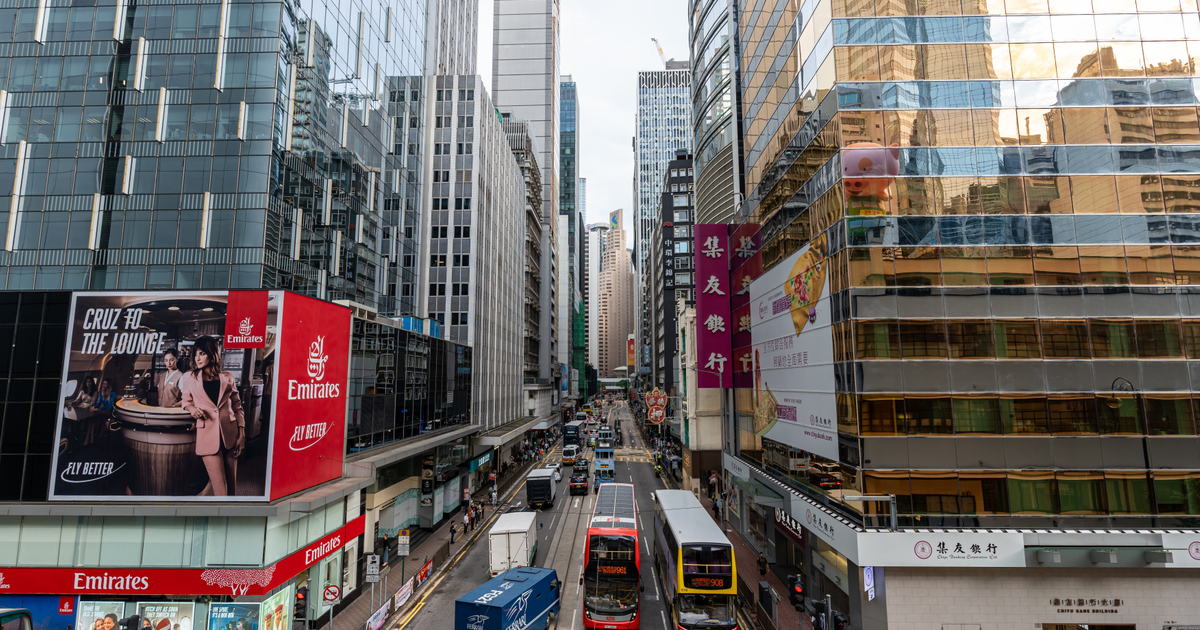Retail media success—3 simple steps that create an engaging customer journey
Creativity is the missing link that can make all the difference.

In today’s algorithmically driven retail landscape, many things have changed. Assortment decisions that used to be ruled by relationships are now data-driven. Shelf placement has moved from static to dynamic. Price changes that were traditionally set quarterly are now reviewed hourly. And purchase orders that in the past were reassuringly predictable can today be wildly erratic.
The whole game has become radically more complex, as retail has shifted from physical to online. Look at the digital shelf, which spans from Google search results to product detail pages on a website. A brand that sells 400 products per day and juggles 30 variables that change 7 days a week needs to make 84,000 optimizations from Monday to Sunday.
Retail media has also grown much more sophisticated. In the “good old days,” retail media was part of the negotiation between product sales team and retail buyer. Secure an aisle end in-store with a promotion, purchase a slot in a circular or an ad buy—job done, let’s do lunch.
Today we have an incredibly fragmented ecosystem that includes thousands of “opportunities” for impact and purchase—which can affect brand as much as sales. These can include shoppable social posts (as media and tech have converged), search results on retailer sites, banners on digital marketplaces and in-store digital. Retailers are now media channels. And media channels are now retailers.
It gets even more complex because retail media tends to exist within walled gardens; beyond the walls, advertisers are preparing for a cookie-restricted future.
It’s little wonder that science has overtaken art in retail media. But we are losing something important in the lakes of data that wash over us every day. And that something is engagement, driven by creativity.
We all know what worked yesterday won’t work tomorrow. The solution is not, however, to devolve responsibility to algorithms and machine learning. Instead, the answer is “yes, but:”
Yes, you need systems that automate processes and work at speed, and an open and unbiased platform that covers digital operations, digital shelf and media.
Yes, you need integrated teams from leadership to design to delivery, that obliterate the old lines between marketing, sales, agency and retailer—and those teams need to have instant access to relevant data.
Yes, you need partnerships and a buying engine that can execute at scale and respond with agility.
But what’s needed more than ever is creativity in both media and message—because ultimately that’s what engages shoppers, helps product stand out from any shelf and converts the consumer.
Often that is about using existing retail media in considered and inventive ways, such as arresting video on product detail pages, or an ingenious way of using search to switch and disrupt the consumer journey.
A helpful reframing of retail media is to think about it not as media at all. Instead, consider the experience of a placement or activation, and don’t just focus on a single moment but points in a customer journey that build toward a transaction.
Retail media is about three steps:
Connect: Get the planning and the plumbing right up front. Connect the program, the people and the processes to cover the entire journey. Work through what’s behind the shelf (channel planning, category planning, assortment pricing), at the shelf (product content, CX/UX, ratings and reviews) and where the shopper goes beyond the shelf (CRM, shoppable media)
An end-to-end approach leads to holistic solutions, like the award-winning “Walmart & So Yummy 360° Shoppable Campaign.” The idea centered on So Yummy’s food reality show competition, “Unbox’d.” Each episode featured three social media food influencers competing to create the best meal from a surprise box of ingredients, with shoppable recipes that led to Walmart.com.
Create: To resonate with consumers, retail media requires insights to fuel the creative process. Mars Pet Nutrition and Mediacom in Australia observed a trend on social media for cat owners to turn delivery boxes into feline playgrounds. So, they partnered with Amazon, and transformed the boring brown box into an innovative media space. Three worlds of play were presented by Mars’ cat food brand Whiskas—a cat castle, office and car. A QR code on the boxes led to a brand page on Amazon, with instructions on how to construct the playgrounds and encouraging sharing on social media.
Convert: Like all things in retail and commerce, it comes down to execution. Do points 1 and 2 well, and you’ll see better sales conversion on any shelf. In the Mars example above, there was a 70% uplift in ad-attributed sales on Amazon and ROI increase of 4.6%.
It’s not rocket science. And it shouldn’t be purely science. Just don’t ignore the art of retail media. Creativity is the missing link that can make all the difference.

 Troov
Troov 
































